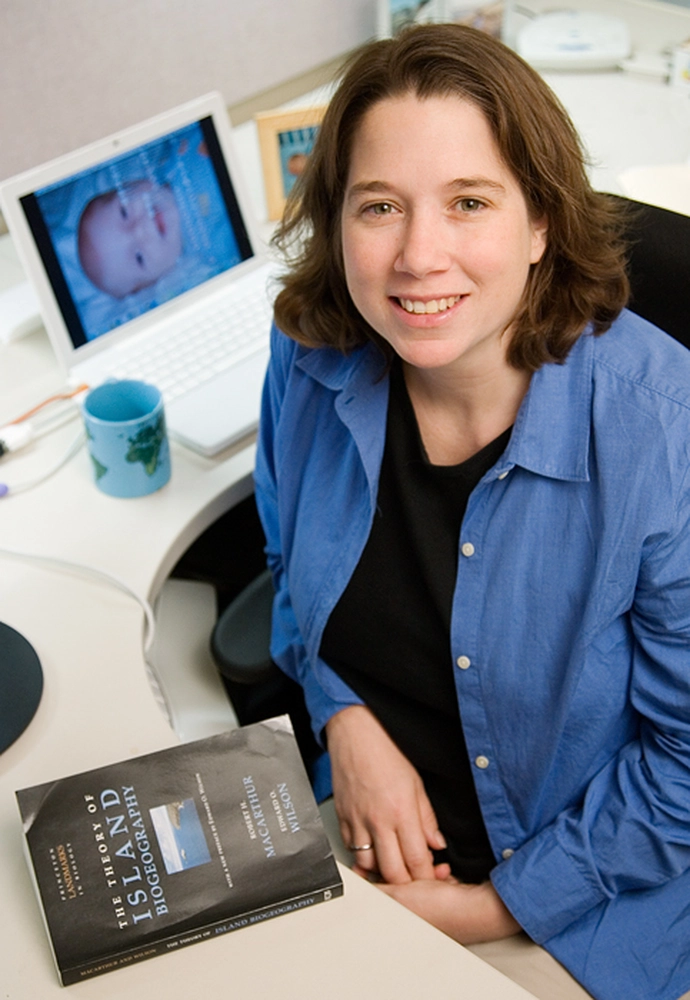
Among the newcomers to the Urbana campus are more than 6,700 freshmen and about 106 tenure/tenure track faculty members whose appointments began this summer or fall.
On Aug. 22, while new and returning students checked out Quad Day, inside the Illini Union new faculty and staff members were welcomed by Provost Linda Katehi at the annual Faculty/Academic Staff Orientation.
“Year after year, we have been able to recruit people of extraordinary talent and dedication,” Katehi said at the orientation. “This ability is vital to our mission of sustaining excellence in all that we do. Your presence here today demonstrates our continued ability to bring to campus those people who will enable us to sustain our reputation for excellence and meet new, even more ambitious goals.”
The event, sponsored by Academic Human Resources, included sessions on tenure and promotion, campus resources that support research and teaching, career building, information on balancing work/life issues and a luncheon, during which Chancellor Richard Herman spoke. Many departments and colleges on campus also offered orientations or events to help new faculty members.
Inside Illinois continues its tradition of introducing some of the new faculty members on campus and will feature at least two new colleagues in each fall issue.
RACHEL J. WHITAKER assistant professor of microbiology College of Liberal Arts and Sciences
Education: Ph.D. (microbiology), University of California, Berkeley; B.A. (biology, science in society) Wesleyan University, Connecticut.
Teaching at Illinois: Whitaker will develop a course, “Molecular Approaches to Microbial Ecology,” which she will teach fall 2007.
Research: Her research focuses on microbial ecology at the molecular level. “Rachel Whitaker is a brilliant young microbial ecologist who has the unusual ability to bridge the gulf between evolutionary population genetics and prokaryotic molecular biology,” said John Cronan, head and professor of microbiology. “In her doctoral work she presented the strongest evidence to date demonstrating that geographical isolation plays a role in structuring natural populations of microbes (this was counter to the prevailing opinion). She has since developed approaches to study population dynamics at a detailed genomic level and will apply these tools to the study of populations of microbes found in extreme environments.”